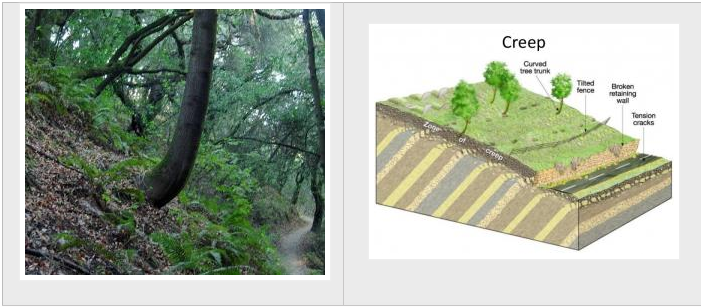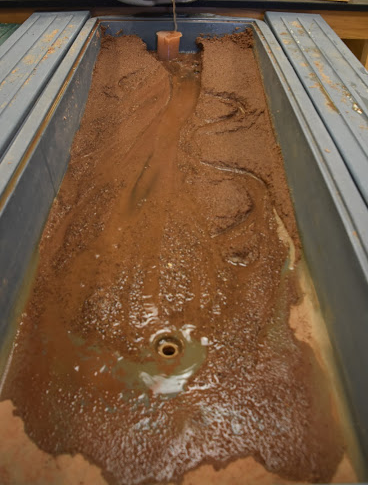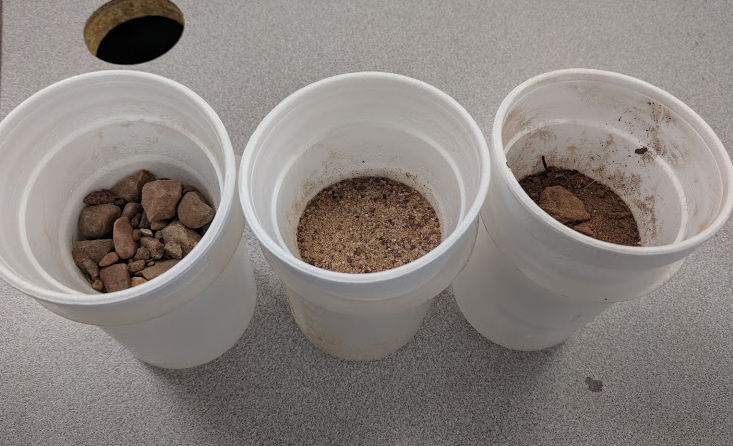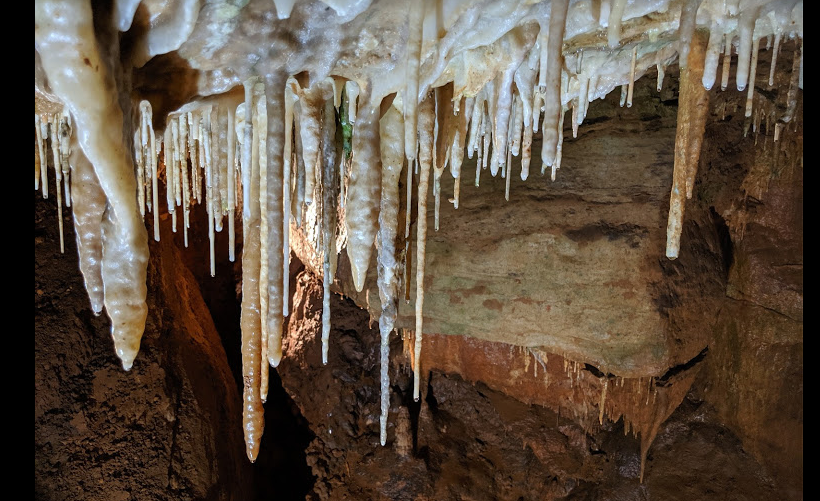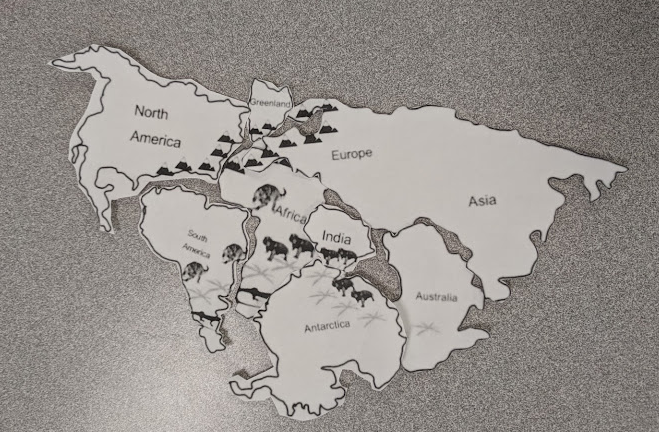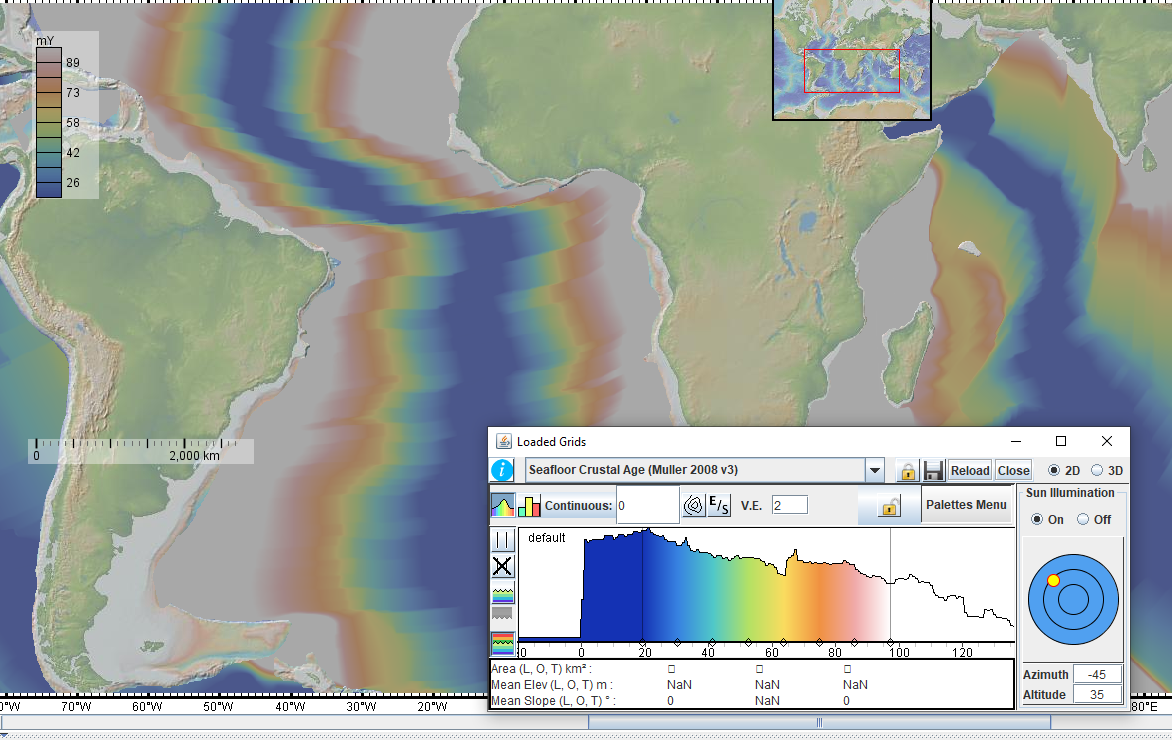Earth Science Soil Texture and Soil pH Lab
Image
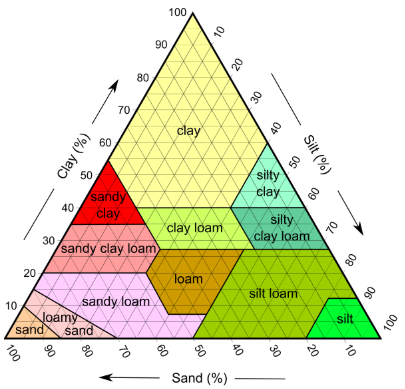
In this activity, students will determine the type of soil they have as well as figure out the pH level of the soil. Students will reinforce their soil vocabulary in this lab: sand, clay, silt, loam. Students will practice using a soil pyramid.
For more Earth Science labs and activities visit: http://EarthScience.xyz

